Digital Cables compared – USB and Ethernet
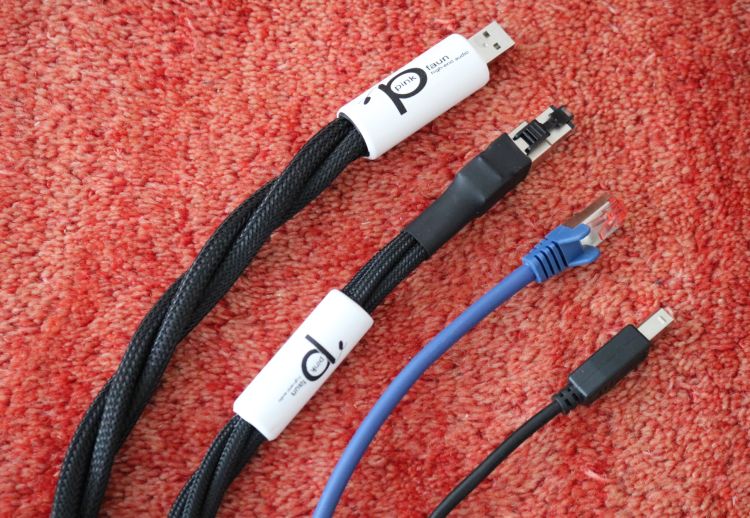
Setting a Baseline
In order to assess a high-end digital cable, one needs to refer to a standard. But what defines the baseline? How do we know which cable sounds closest to the source? I wish I could tell you with certainty but I just don’t know. The thing is, Music Servers tend to behave differently from CD players. For whatever reason, it seems that Music Servers require more TLC than CD transports in order to evoke the best of them. There’s lots written about this already (for instance, here), no two CD transports are truly alike and the opinions will forever vary anyway so I’ll just leave it at these sources simply having different perspectives.
S/PDIF and AES/EBU cables
If you’re a regular reader then you’ll know that the Aqua La Diva is currently my reference CD transport. I’m mentioning the CD transport side now, not to start a debate on which is “best”, but in order to make a point. I use the CD transport in combination with the CH Precision C1 DAC with either a Belden RG59 coax cable for S/PDIF or a Mogami 3080 twisted-pair cable for AES/EBU. While slightly different, both cables achieve what I regard as the most neutral replay that I can achieve with my system. Apparently, these very simple cables behave very consistently across a very wide range of digital sources.
I have tried lots of other digital cables, cheap ones as well as high-end ones and while a different perspective can be obtained, some sounding smoother, fuller or richer, others even tighter or more forward, I found that these changes always came at the expense of another parameter. For instance, warmer cables also sounded woolier and less articulate. Thus, in my quest for neutrality and accuracy, as well as musicality and emotional involvement, I always come back to the aforementioned two cables, and to this day, I see no need to change this perspective.
USB Cables
With USB cables it is easy to assume that the situation would be the same but I quickly found that these cables are not only too influential to simply neglect, one is actually foregoing a lot of performance when using freebie cables. If the aim is to achieve the best from any server and/or streamer, it is vital to experiment to find the best cable to achieve the best balance in the given situation. Unlike S/PDIF and AES/EBU cables, however, I find there is too much variation with both USB cables and implementations and this makes it impossible to declare any particular brand or model the neutral standard.
I’ve often tried to get a Music Server to sound similar to a particular CD player or transport. As I came to learn, this is pretty much an impossible task. One can succeed in approaching a Mark Levinson 390S CD player with an AudioAanZee server + 360S DAC or a Wadia 861 CD player with an Antipodes server + Wadia 521 or CH Precision C1 DAC but with such different results, which of the combinations is the most accurate or most neutral?
The thing is that in trying to match certain musical aspects to existing standards, one can pull the performance away from neutrality in other aspects and so, it always remains a matter of system- and component matching and that includes the cables.
For me personally and with my current system that includes the Antipodes CX+EX and CH Precision C1 DAC, the favorites are the Pink Faun Digital Interlink USB and the Final Touch Audio Callisto. The former has the smoothest and creamiest yet also solid and full-bodied sound and the latter has the most articulate, airiest and most free-flowing delivery.
LAN or USB
The sound of USB cables is hugely dependent on the implementation of the protocol and the effectiveness can vary from server to server and from endpoint to endpoint. Certainly in my case, the C1 and the Antipodes servers even more so, behave differently with LAN and USB but regular readers will know that I tend to prefer ethernet over USB. In short, provided the implementation is first-rate, I find that the ethernet connection sounds most fluid and free-flowing and the least like electronic reproduction while retaining the purity and expression of the best S/PDIF, AES/EBU and USB connections.
Ethernet Cables
I have always considered Ethernet cables to be in the same camp as S/PDIF and AES/EBU cables and, as such, I stuck with standard CAT6 ethernet cables. Mind you, I did conduct many comparisons and found that there are differences even among no-name brands where some sounded woolly and others very tight. However, none of the combinations that I made, made the server combo sound like the Aqua CD transport. Ultimately, I settled on an OEM-brand ethernet cable that allowed the CX+EX to shine most in the aspects that they are best which is solidity, fulness of tonality and dynamic impact and then decided to stop worrying about it.
Which is a long way of saying that, even though I can argue that the chosen OEM Cat6 ethernet cable provided the best results in this case and for my taste, I can’t say with certainty that it represents the best possible connection in a general sense because there are just too many variables.
And this poses a problem. If a CD transport is my reference, how will I know if another USB or Ethernet cable is better than or merely different from than the ones I use now? Well, I’m afraid that the only possible answer to that is that one needs to conduct the comparisons him/her self.
For me and my aforementioned system, the Pink Faun Digital Interlink LAN achieves what I previously thought impossible for an ethernet cable to do: a smoother, richer sound with more fully-developed textures and tonality while retaining 100% of the standard CAT6 cable’s resolution and 95% of its transient speed and attack. Yes, the standard cable remains slightly tighter and slightly more immediate but it is also rather dry and comparatively musically much less involving.
Read Also
Belden, Mogami, Wireworld and Transparent Digital Audio Cables Compared
Digital Cables Compared – AES/EBU, Coax,Toslink and ST Glass
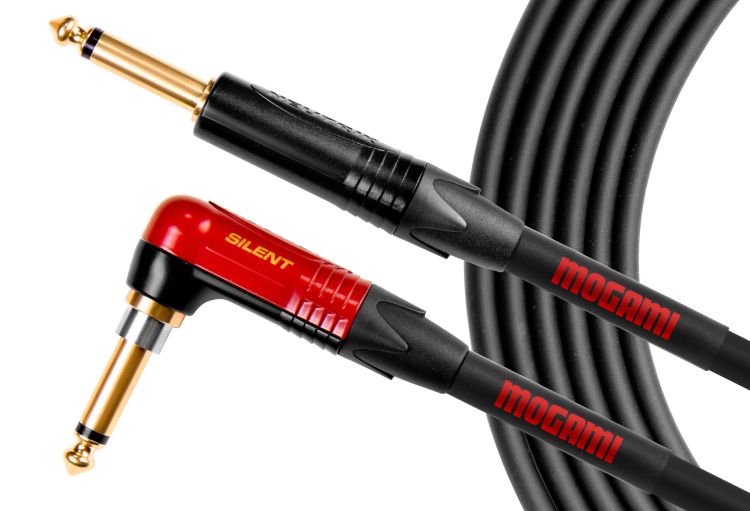
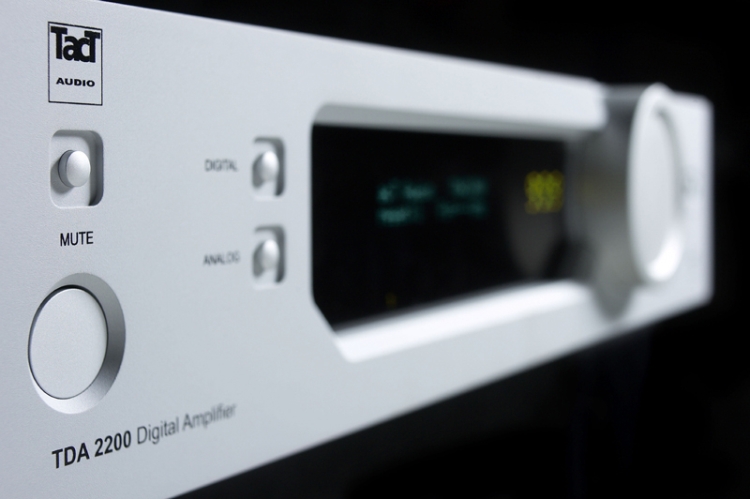
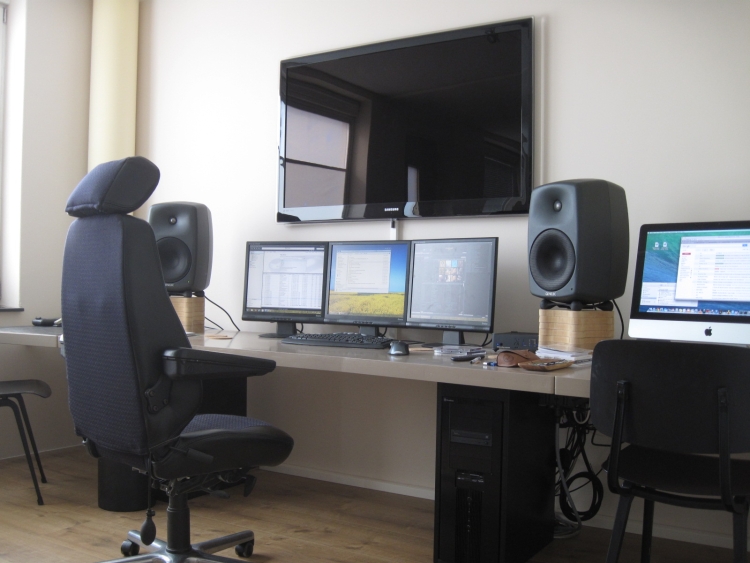
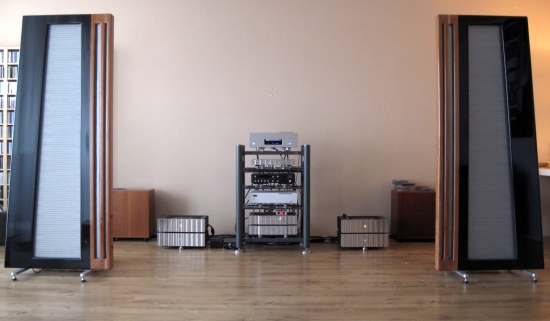
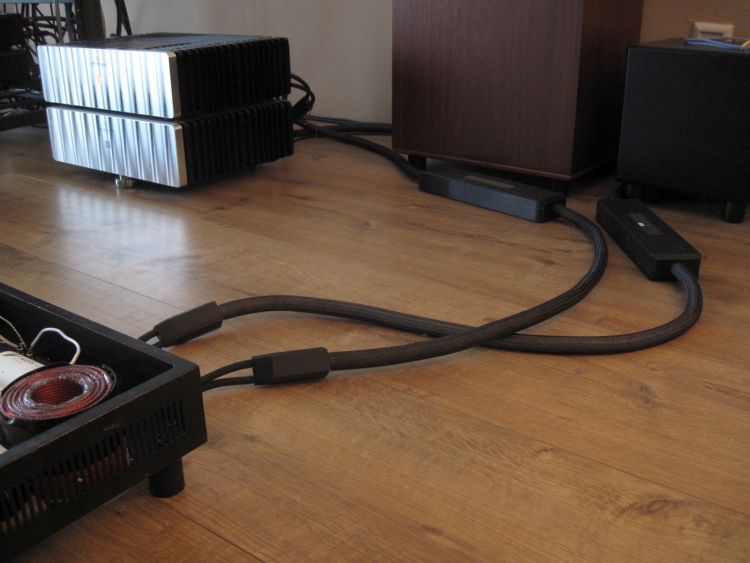
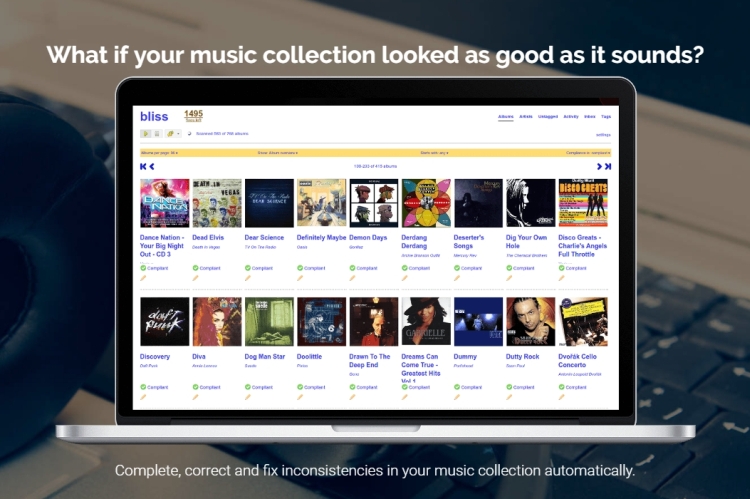
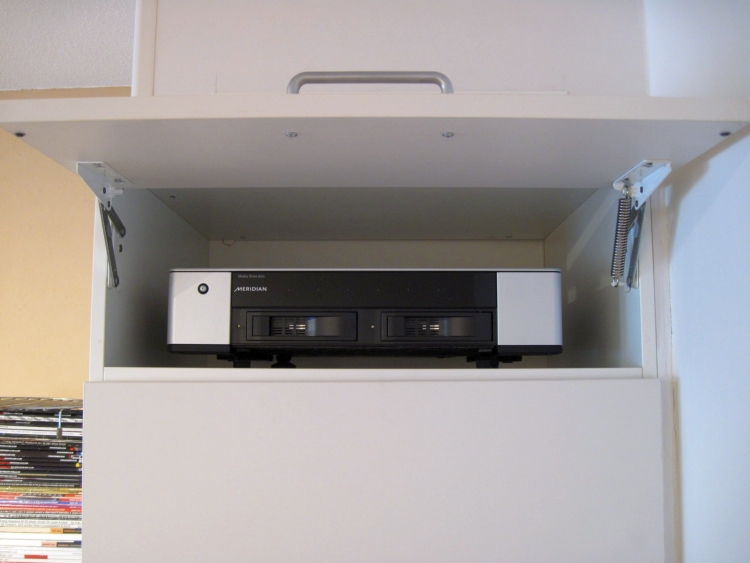
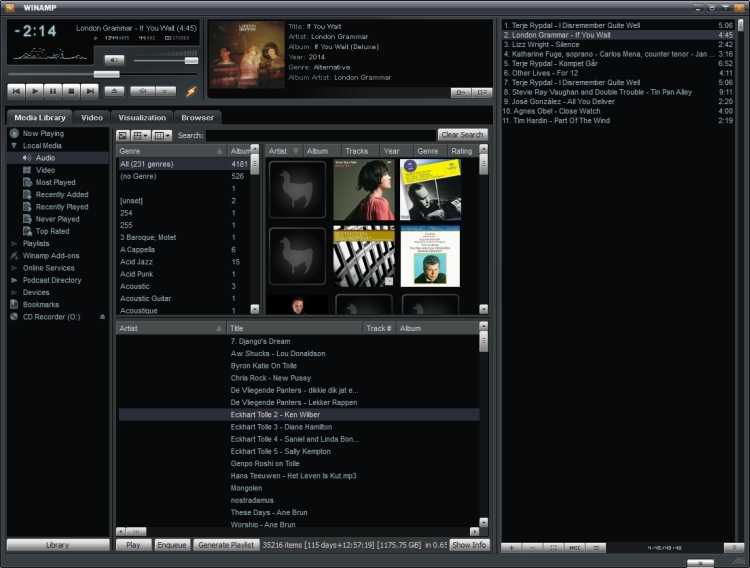
Hi Christiaan,
thank you for this article.
IMHO, for your daily work as a reviewer you want to have a real server reference which is at least on par to your best CD transports, has an excellent USB output and is in the same price range as your favourite DAC. My recommendation would be get a Taiko Extreme and it will be easier for you to get the right results.
All the best
Matt
Hi Matt,
I have no doubt that the Taiko will be something special and I may indeed review it some day. That said, cost is not necessarily an indicator for quality, subjectively or objectively.
In my experience, it is extremely hard to achieve, in the digital domain, quite the same balance between transient speed, transparency, neutrality, expression and agility, fluidity and free-flowing delivery with the sense of real breathing artists, in short, the combination of fast transients and free-flowing decays, that LP can do so effortlessly. Music Servers can quite easily outperform analog replay in many parameters but they often fare less well in the ones that bring across that feeling of free-flowing, live-and-breathing music.
I’m not saying that there is absolutely no server that will tick all the boxes but I will say that my experience so far shows that it is much harder for a server than for a CD transport to achieve.
That said, I enjoy both analog and digital and both CD transports and music servers even if they tend to have different strengths.
Hi Christiaan,
sorry, but I would not talk about certain limitations of servers without listening to the SOTA of this category.
Matt
Hi Matt, fair enough. However, if a music server has to cost 4 times the price of a CD transport to sound comparable then wouldn’t you agree that there is some truth to my observations?
Hi Christiaan,
agree, I forgot that CD is your primary source. Then it would make sense to review maybe an Ypsilon CDT-100. 🙂
Matt
Hi Christiaan,
a second suggestion for reviewing a CD transport would be the CH D1 SACD/CD transport which would be a perfect match for the CD C1.
Matt
Sorry, I meant a perfect match for the CH C1. 🙂
Matt
Hi Matt, indeed! I am also interested to hear how the D1 performs and a review may well come to fruition in the not too distant future:-)
Hi Christiaan,
looking forward to it.
Is it possible to provide power to D1 and C1 with one X1?
Thanks
Matt
Hi Matt, Yup! The X1 can power any combination of two CH source components. The only components that it does not power are power amplifiers.
Thanks for the suggestion, I will put it on the list. Can’t make any promises, though:-)
Hello, do I understand this article correctly? You’re using wires that were designed to transport digital signal with 100% accuracy, with the help of overhead and error correction, to transport analogue signal? As an IT guy, but not audiophile, I had no idea that it is a thing.
Its not a thing Jack, a mental illness perhaps, but certainly not a thing in the real world
Hello Christiaan
I use old Luxman D 500xs as drive to converter Nakamichi 1000p with toslink connection. What reference of toslink cable could you propose to use.
Many thanks
Kind Regards
René
I prefer copper over Toslink where possible, but if there is no alternative, I recommend using real glass-strand cables, not the ones with plastic conductors. The best one I heard is made by Lifatec. http://www.lifatec.com/toslink2.html
Hello Christiaan,
Many thanks for your feed back on toskink cable.
Of course I also prefer glass fiber but only toslink connection on Luxman D500 xs
I adress you my great congratulations for your tests and recommandations !
Ah do you know Nakamichi 1000p converter ?
Kind Regards
René
Thanks René! Please note I am not referring to ST Glass. That is an entirely different format. You asked about the best TOSlink cable. Well, these come with plastic conductors and real glass conductors. The glass ones sound better and Lifatec makes the best I heard. Alas, I never saw or heard the 1000P in person but I did hear the Dragon CD player.
Yes Sorry I spoke about glass fiber AT&T as used on Wadia
I have also Wadia 2000,
Kind Regards
Bonjour christiaan,
Encore merci pour le conseil du câble toslink Lifatec qui me donne toute satisfaction.
Bien sur quand le materiel le permet j’utilise la liaison optique verre AT/T
Cordialement
René
Hello Christianan,
Thank you again for the advice on the Lifatec toslink cable which gives me complete satisfaction.
Of course when the equipment allows it I use the AT/T glass optical link
Sincerely
René